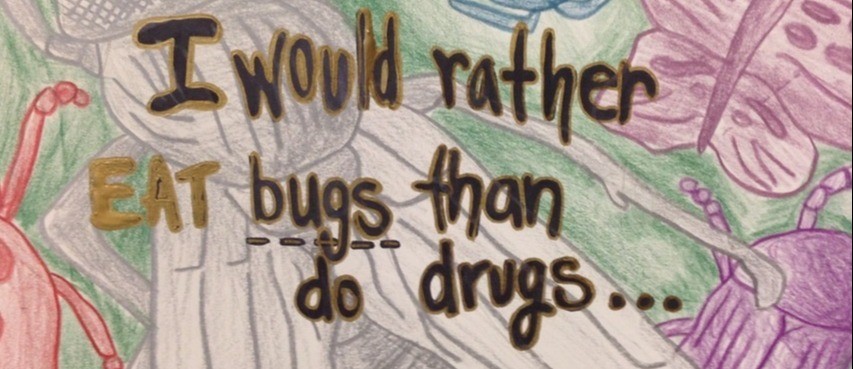What role do our educational centers play in the fight against addiction?
Is it just us, or are schools getting scarier? 18 school shootings have already taken place this year. Unspeakable tragedies are occurring so frequently, they no longer even merit a mention on the nightly news. It’s a far cry from the idyllic, afterschool special lens through which we view our own schooldays.
And then there’s drug and alcohol abuse. Kids these days aren’t just stealing their parents’ beer or swiping packs of cigarettes. Deadlier threats than we’ve ever seen appear daily in backpacks and are being swapped in the lunchroom.
We have to wonder: If drugs are in the schools, should drug prevention programs be as well?
Addiction and Abuse Education Down Under
We recently read a report from Australia that suggests a resounding yes.
Although there’s a school of thought that says the less kids know about drugs, the less temptation they will feel from them, research indicates that drug and alcohol education is effective for schoolchildren. In fact, according to the article, “this education can stop or delay use. Preventing or delaying early [substance abuse] for as long as possible is important because it predicts problems and dependence later in life.” The article goes on to say that if drug and alcohol use can be delayed by even a year or two in teens, it is likely to “reduce short and long-term harms.”
A Country Divided
We were dismayed but not surprised by the data on this map. States spend far more on the consequences of addiction and substance abuse than on programs that might prevent these things in the first place. As of this writing, prevention programs in schools are drastically underfunded and underutilized.
The good news is, if there’s one thing we Americans are good at, it’s being really self-assured and optimistic. And while we don’t know exactly what it’s going to look like, we believe that there will be a tipping point soon where these kinds of prevention programs at long last become a priority.


